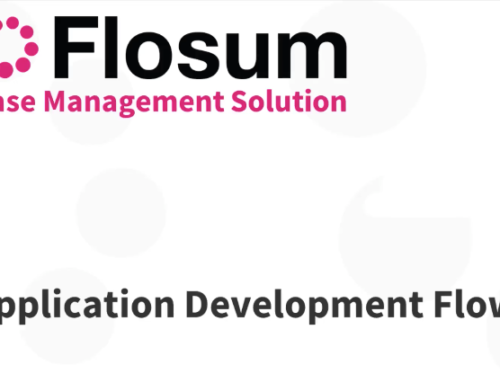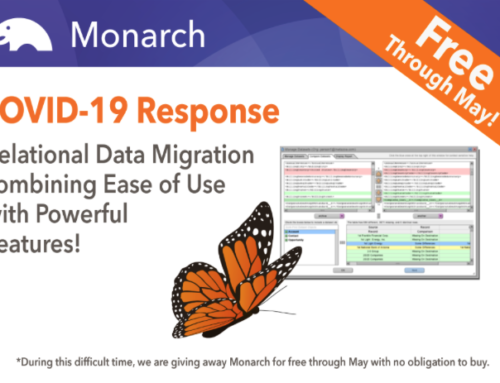Authored by Eric Varela | Copado
Ah, RELEASE DAY….
For some of us in the DevOps world, a Release is a day filled with anticipation and excitement as new features, bug fixes and enhancements are delivered bringing value to end users. It can be a tangible, visceral view of innovation in action.
To others, the Release Day is innocuous, merely a recurring event on someone else’s calendar.
Yet to some, even reading the phrase Release Day elicits a whole slew of emotions – stress, dread, fear, anxiety and the like – a full gamut of psychosomatic symptoms as haunting memories from the ghosts of Release Days past resurface.

Sadly, many of us have experienced or heard of countless horror stories from frustrated DevOps teams who share the same sentiment towards the infamous Release Day.
With so many different groups of people invested in each release, from the project management team to devs & admins, C-level execs to end users, each bringing different attitudes and expectations to the table – the challenge of unity is inherent to delivering value.
To add another obstacle, the pandemic state of our current world compounds the issues as teams are now dispersed, forcing them to reshape and readjust their workflows. Teams that were once able to collaborate in close quarters are now relegated to their homes as offices – isolated with no coworkers at arms length, save for Snuffles the cat who has made his favorite napping spot your keyboardszxdzzzzzzjhhjhjjjjjjjjjj…
So, where do we go from here? How do we begin to overcome the obstacles of “the release day” while simultaneously traversing through a now dispersed team landscape? How can we unite remote DevOps teams to continue to deliver innovation and achieve results?
While these challenges are not conquered overnight, here are 3 overarching elements that can influence the effectiveness of a release:
Culture = Purpose + Execution
Purpose = Mission + Vision + Goals
Execution = Process + Resources
Culture is the WHO
– the defining characteristics and practices that make up an organization. As teams are distributed, the company culture goes with them, albeit in a different form. If the release culture is one that fosters collaboration and teamwork, remote teams will work to maintain that status quo to keep delivering despite the distance.
Purpose is the WHY
– the mission, vision and goals. The overall purpose of an organization largely depends on how well it is both defined and communicated. A succinct mission statement coupled with a clear vision and actionable goals should permeate the organization leading to tangible results.
Execution is the HOW
– the methods by which results are achieved. Methodology is made up of processes and resources or put another way – protocols, people and tools.
There exists a symbiotic relationship between culture, purpose and execution – a company’s culture and purpose affects the releases and vice versa. That’s why it is critical to define a clear purpose as that is what serves as the guiding factor for implementing a methodology.
The coordination of a release can be extremely complex involving many moving parts and the outcome is indicative of the quality of the processes and resources involved. A release can highlight successful aspects as well expose weak spots and constraints, which can leave both an immediate and lasting impact.

One obstacle that can get in the way of teams from executing effective, unified releases is having a disjointed toolset.
For example, one team uses spreadsheets to track work and metadata, another lives in an ALM tool (like Jira), while still another is working out of Salesforce directly through chatter and custom objects. The dangers of a disjointed toolset can lead to inefficiencies, working in silos, and can cripple morale culminating in unsuccessful, ineffective releases.
A release process that is piece-mealed together across varying tools adds an unnecessary obstacle to delivering value. The tools should complement the processes.
With a dispersed team, it is imperative to have a centralized location for tracking work, while still having accountability, collaboration and feedback. In the world of Salesforce DevOps the need for a holistic solution for delivery is relevant now more than ever.
This brings us to one of the most powerful aspects of Copado – the ability to bridge gaps. Bridging a gap is not always just getting from one side of a chasm to another, so much as it is removing obstacles that get in the way of the greater goal.
As a complete Salesforce DevOps toolset, Copado includes applications for Release Management, Agile Planning and Quality & Compliance. Copado’s native UI and intuitive design remove barriers to delivering value.

Copado’s centralized DevOps platform bridges the gap between disparate teams, processes and workflows, encouraging collaboration which leads to a well executed release.
And where there is collaboration there is teamwork, and with teamwork there is purpose, and with purpose there is culture. Thus the ingredients of a successful release are baked right into the solution. These benefits are intrinsic to the product itself but are also characteristic of Copado’s company culture as well.
We hear this feedback both from client testimonials as well as experience this firsthand (yes, we eat our own dog food – and it’s delicious!). As our team is distributed across several continents, time zones and languages, we too have experienced the obstacles associated with coordinating a successful release. Utilizing Copado has allowed us to consistently provide value both internally and externally.
So wherever your team is during these trying times, there is a call to action here – a call for unity, solidarity to band together to drive innovation and deliver value. With Copado, you can achieve your DevOps goals.
Stay safe, stay healthy, stay together and as always – BUILD ON!




